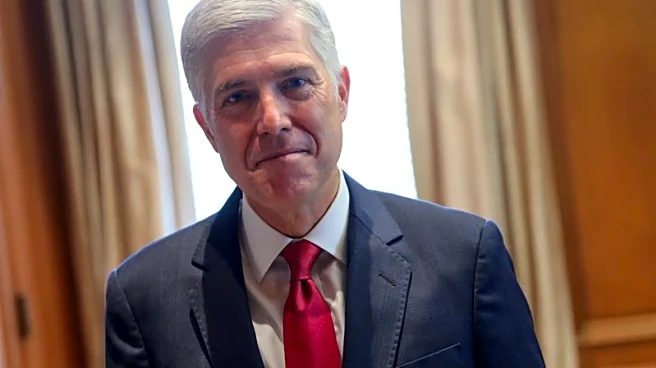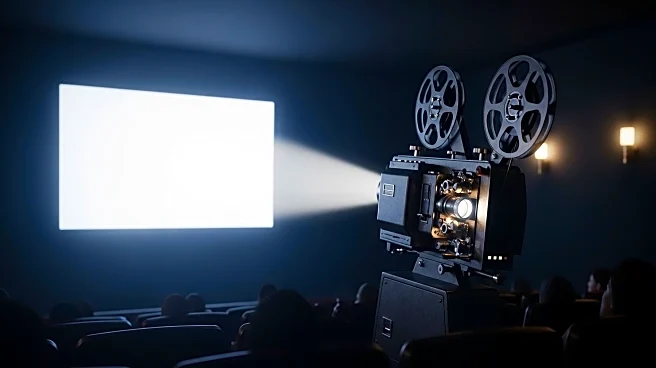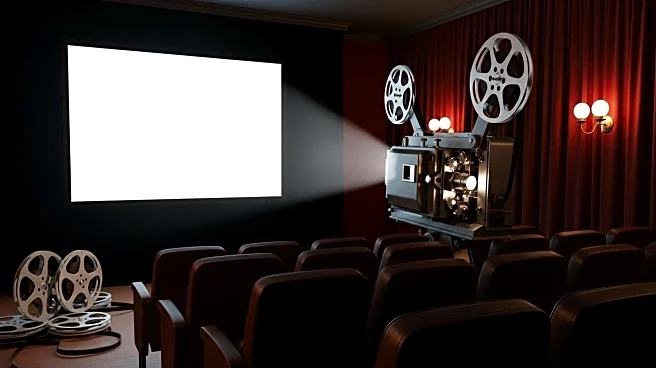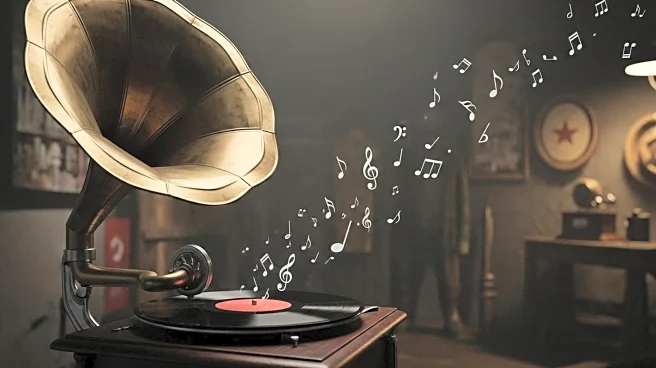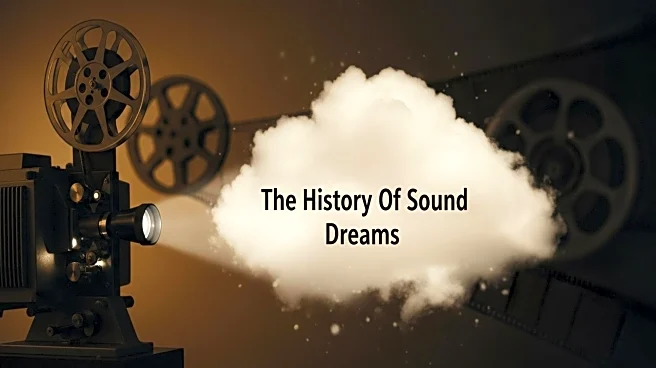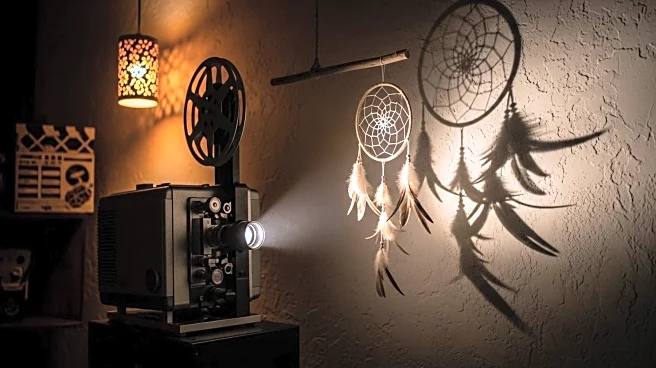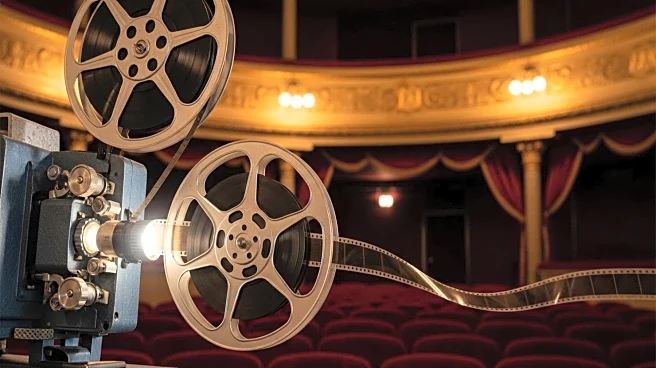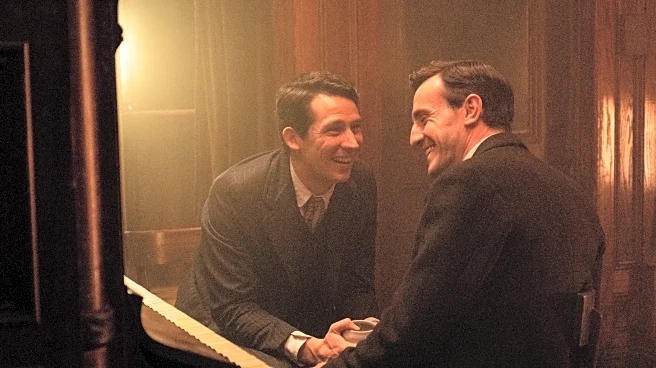What is the story about?
What's Happening?
The film 'The History of Sound' is set during World War I and follows the journey of two young men, Lionel Worthing and David White, as they traverse the backwoods of Maine in search of authentic folk tunes. The story, narrated by critic Bob Mondello, highlights the deep connection between music and personal longing. Lionel, portrayed by Paul Mescal, is a gifted musician from Kentucky who receives a scholarship to study in Boston. There, he meets David, played by Josh O'Connor, and the two bond over their shared love of music. Their relationship evolves into a romance, which is interrupted when David is drafted into the war. Upon his return, David invites Lionel to join him in recording local folk songs in rural Maine, using wax cylinders. The film, directed by Oliver Hermanus and based on a short story by Ben Shattuck, explores themes of love, music, and the impact of war.
Why It's Important?
The film 'The History of Sound' offers a poignant exploration of the intersection between music and personal identity during a tumultuous period in history. By focusing on the experiences of two young men in love, the film sheds light on the often-overlooked narratives of LGBTQ+ individuals in historical contexts. The use of music as a central theme underscores its power to transcend cultural and temporal boundaries, serving as a universal language that connects people. This narrative not only enriches the cultural landscape by providing representation but also invites audiences to reflect on the enduring impact of music on human emotions and relationships. The film's historical setting during World War I adds depth to its exploration of love and longing, highlighting the personal sacrifices and societal challenges faced by individuals during wartime.
What's Next?
As 'The History of Sound' continues to reach audiences, it may spark discussions about the representation of LGBTQ+ stories in historical films. The film's unique focus on music as a narrative device could inspire other filmmakers to explore similar themes, potentially leading to a broader appreciation of the role of music in storytelling. Additionally, the film's release may encourage further exploration of historical narratives that have been traditionally marginalized, contributing to a more inclusive understanding of history. The reception of the film by audiences and critics alike will likely influence future projects that aim to blend historical context with personal stories of love and identity.
Beyond the Headlines
The film's exploration of music as a form of expression and connection highlights the cultural significance of preserving folk traditions. By documenting local songs on wax cylinders, the characters in 'The History of Sound' engage in an act of cultural preservation that resonates with contemporary efforts to safeguard intangible cultural heritage. This aspect of the film may prompt viewers to consider the importance of preserving and celebrating diverse musical traditions in today's rapidly changing world. Furthermore, the film's portrayal of a same-sex relationship during a historical period marked by societal constraints offers a nuanced perspective on the complexities of love and identity, encouraging audiences to reflect on the progress made and the challenges that remain in achieving equality and acceptance.
AI Generated Content
Do you find this article useful?


